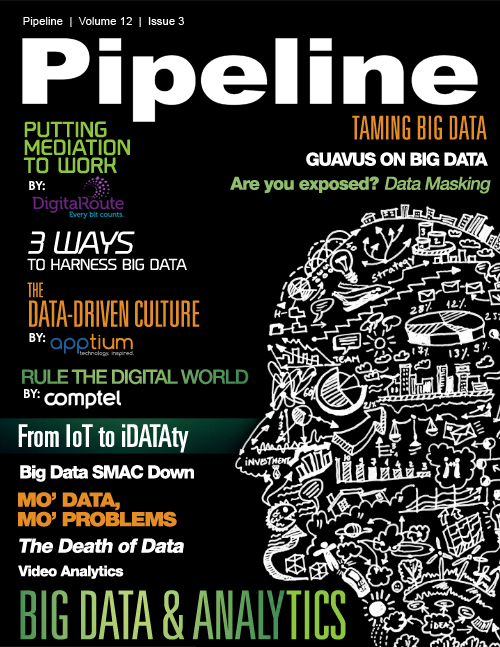Who Knows SMAC? Integrating Social, Mobile, Analytics and the Cloud
By: Ari Banerjee

Today’s consumers are all about instant gratification and getting their demands met immediately. They want to be seamlessly connected to the people, devices, content and experiences they care about most, and they want more intelligent devices, contextually aware applications, mobile apps and portals to deliver more personalized content.
But when every operator out there has similar networks and services, the only way they can stand out from the pack is by offering a superior customer experience. The provider that manages to do this will be more efficient, more proactive and ultimately more innovative than the competition.
But to get to this point, operators will need to embrace the principles of SMAC (Social, Mobility, Analytics, Cloud) to help address the dilemma of keeping customers satisfied, engaged and loyal.
The new era of customer experience
The concept of SMAC will become increasingly important to support new business opportunities, and in fact should be integrated into IT processes to create a framework that can deliver a truly seamless user experience. The combination of these four essential technologies results in a powerful ecosystem that gives operators the ability to better reach out to their customers and get to know them on an individual level, which will be critical for personalized services, proactive suggestions for additional services, omni-channel functionality and the concept of the customer journey.
Information gleaned through this approach can help operators proactively pinpoint and diagnose problems in advance leading to an improved customer experience, reduced churn and the ability to launch new optimized services. Operators will even be able to get to the ultimate goal of one-to-one marketing, which is difficult to accomplish today without deep intelligence into what the customer is doing every step of the way.
Here’s a breakdown of each component of SMAC:
Social: Social media has quickly become the de facto method of communication for large segments of the population, particularly Millennials. But the ustomer-related data is spread across different BSS/OSS systems, networks, channels, social networks and more, while customer information, customer behavior and marketing initiatives exist across a totally different set of channels. To understand customer behavior across social media platforms, it’s critical to monitor all of these channels continuously. To do that, operators need to create up-to-date, accurate customer profiles using a unified data management strategy that rationalizes data by removing duplication of subscriber data across multiple systems and also keeps data current by synchronizing and updating it on a real-time basis. Customer data can be enriched with information from external sources for deeper understanding of customers, with that data then being utilized across all channels and systems. This will help operators make the jump from first-generation solutions, which were reactive in nature, to proactive strategies that automatically connect to CRM, customer care, BSS and service assurance systems in order to create actionable insight in real time.





















